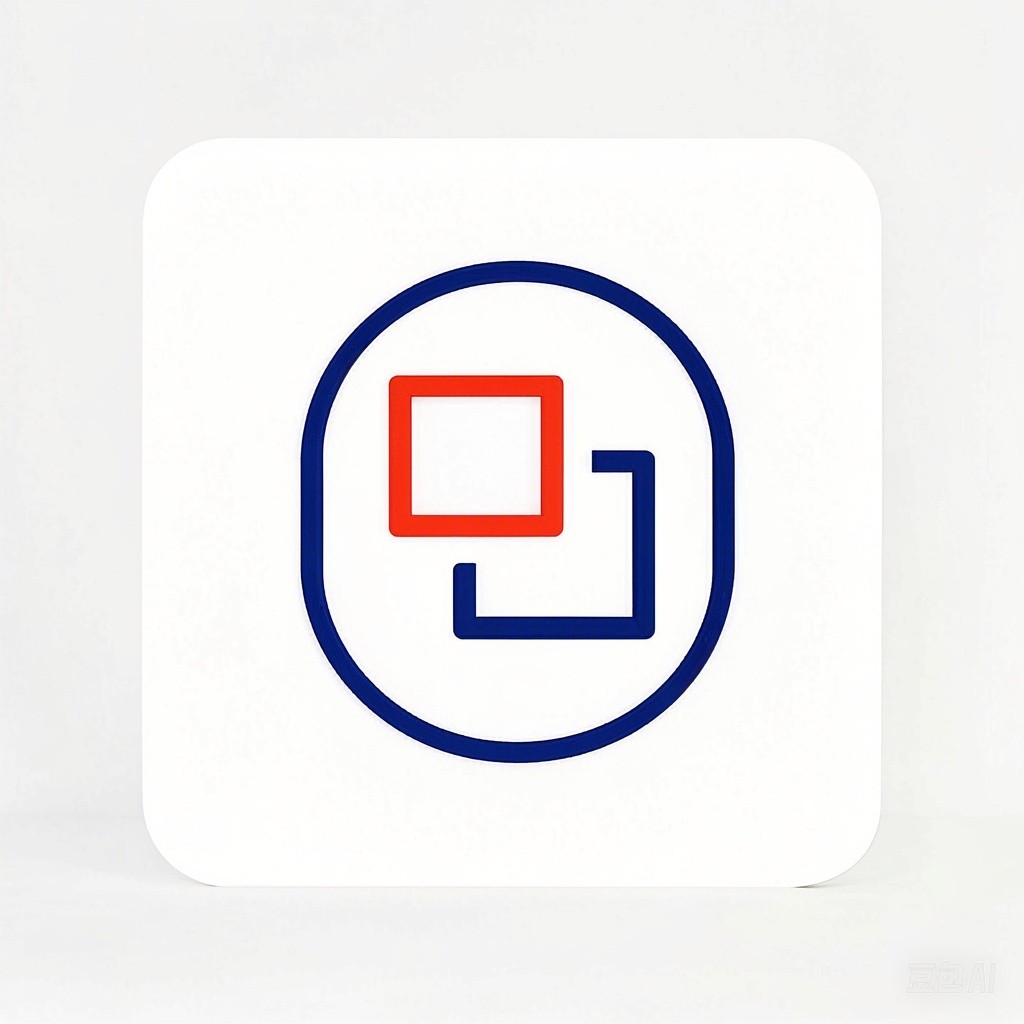面向对象编程(Object-Oriented Programming,OOP)是一种流行的编程范式,它通过模拟现实世界中的对象来组织和设计软件。OOP的核心概念包括封装、继承和多态。掌握OOP的技巧对于成为一名高效的开发达人至关重要。本文将深入探讨面向对象编程的几个关键技巧,帮助开发者提升编码效率和代码质量。
一、封装:保护你的代码
封装是OOP中最基本的概念之一。它确保了类的内部实现细节被隐藏,只暴露必要的接口供外部访问。以下是一些封装的技巧:
1. 私有属性和方法
在类中,将属性和方法标记为私有(private),意味着它们只能在类内部访问。这有助于防止外部代码直接修改对象的内部状态。
class BankAccount:
def __init__(self, balance=0):
self.__balance = balance
def deposit(self, amount):
self.__balance += amount
def withdraw(self, amount):
if amount <= self.__balance:
self.__balance -= amount
else:
print("Insufficient funds.")
2. 公共接口
只暴露必要的公共方法(public methods),确保外部代码只能通过这些方法与对象交互。
class BankAccount:
def __init__(self, balance=0):
self.__balance = balance
def get_balance(self):
return self.__balance
def deposit(self, amount):
self.__balance += amount
def withdraw(self, amount):
if amount <= self.__balance:
self.__balance -= amount
else:
print("Insufficient funds.")
二、继承:复用代码的艺术
继承允许一个类(子类)继承另一个类(父类)的属性和方法。以下是一些关于继承的技巧:
1. 使用继承复用代码
通过继承,可以避免重复编写相同的代码,提高代码的可维护性和可扩展性。
class Employee:
def __init__(self, name, salary):
self.name = name
self.salary = salary
def display(self):
print(f"Name: {self.name}, Salary: {self.salary}")
class Manager(Employee):
def __init__(self, name, salary, department):
super().__init__(name, salary)
self.department = department
def display(self):
super().display()
print(f"Department: {self.department}")
2. 避免过度继承
过度继承可能导致代码难以维护和扩展。尽量使用组合而非继承来实现代码复用。
三、多态:灵活应对变化
多态允许不同类的对象对同一消息做出响应。以下是一些关于多态的技巧:
1. 使用接口或抽象类
定义接口或抽象类,让不同的类实现相同的接口或继承相同的抽象类,从而实现多态。
from abc import ABC, abstractmethod
class Animal(ABC):
@abstractmethod
def make_sound(self):
pass
class Dog(Animal):
def make_sound(self):
print("Woof!")
class Cat(Animal):
def make_sound(self):
print("Meow!")
2. 使用方法重写
在子类中重写父类的方法,以实现特定的行为。
class Dog(Animal):
def make_sound(self):
print("Woof!")
class Cat(Animal):
def make_sound(self):
print("Meow!")
四、设计模式:解决常见问题
设计模式是解决常见问题的代码模板。以下是一些常用的设计模式:
1. 单例模式
确保一个类只有一个实例,并提供一个全局访问点。
class Singleton:
_instance = None
@classmethod
def get_instance(cls):
if cls._instance is None:
cls._instance = cls()
return cls._instance
def __init__(self):
if not isinstance(self, Singleton):
raise Exception("Use get_instance() method to get the only instance.")
2. 观察者模式
当一个对象的状态发生变化时,通知所有依赖于它的对象。
class Subject:
def __init__(self):
self._observers = []
def attach(self, observer):
if observer not in self._observers:
self._observers.append(observer)
def detach(self, observer):
try:
self._observers.remove(observer)
except ValueError:
pass
def notify(self):
for observer in self._observers:
observer.update(self)
五、总结
掌握面向对象编程的技巧对于成为一名高效的开发达人至关重要。通过封装、继承、多态、设计模式等概念,可以提升代码质量、提高代码可维护性和可扩展性。不断学习和实践,将有助于你在编程领域取得更大的成就。
